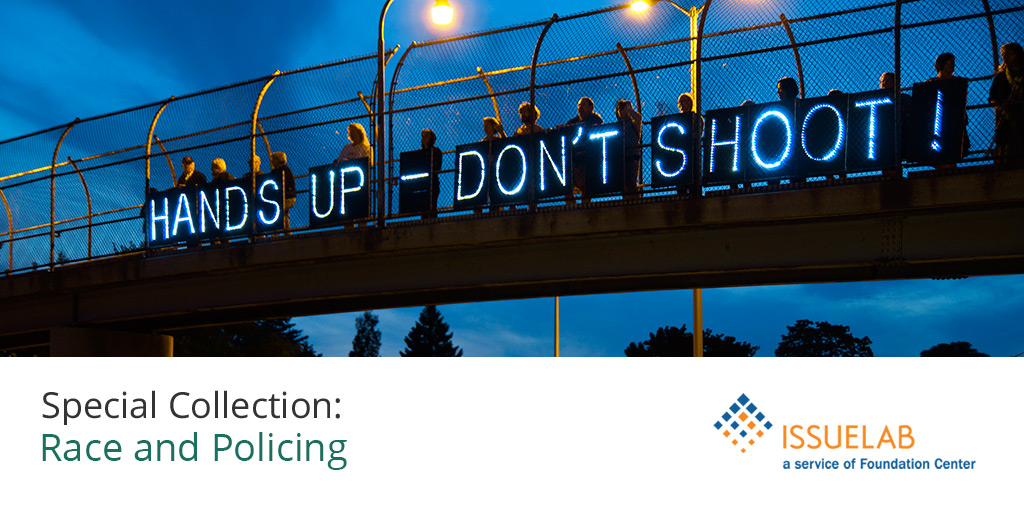Understanding the Impact of Apartheid on South African Social Investment
Although Apartheid ended 20 years ago, recovery from its systematic racial discrimination is a difficult and on-going process. Apartheid literally means “apartness” and was a system of government implemented in South Africa between 1948 and 1994 that separated people according to race in every aspect of daily life, entrenching white minority rule and discriminating against non-white population groups.
South Africa’s new constitution is founded on the values of human dignity and the advancement of human rights and freedom. Its Bill of Rights is the most far-reaching document of its kind in the world, incorporating both individual rights and freedom of expression and socio-economic rights. Yet on the ground, change happens slowly. For example, although the average income of black households has increased by 169 percent in the last 10 years, the average white household still earns six times more than its black equivalent. While South Africa’s democratic legislature is undoubtedly progressive and efforts are being made to redress historical inequalities, there is still a long way to go.
One of the key developments of the past few years has been the creation of the National Development Plan (NDP) by the South African government, aimed at eliminating poverty and reducing inequality by 2030 by drawing on the energies of the population, growing an inclusive economy, building capabilities, enhancing the capacity of the state, and promoting leadership throughout society. Perhaps most importantly, the NDP calls for all South Africans to play a role in building the country’s future through partnership and collaboration. CSI is seen as a critical avenue to promote these goals. Grantees can use it as a tool to communicate their impact to broader audiences. It also helps our team understand what value the investment created without needing to read through detailed information about the work.
Takeaways are critical, bite-sized resources either excerpted from our guides or written by Candid Learning for Funders using the guide's research data or themes post-publication. Attribution is given if the takeaway is a quotation.
This takeaway was derived from Communication That Counts.

